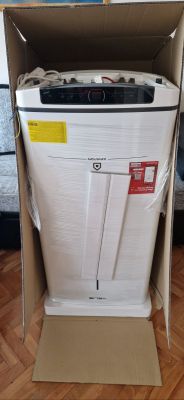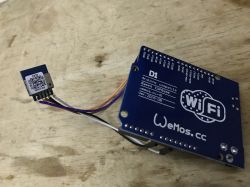 .
.
Today we learn about the design of the dimmer with Polish software. According to the manufacturer, the DIW-01 offers control via a monostable button (full), bistable (on/off only) and via the Supla app/website. Of course, it can also be used in Supla scenarios/automations, but that's off topic.
Let's start with the packaging:
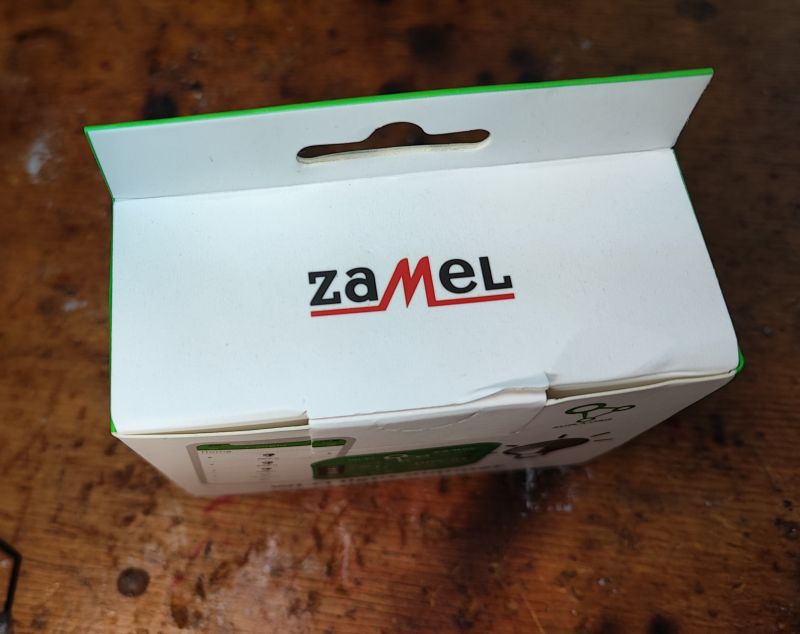 .
.
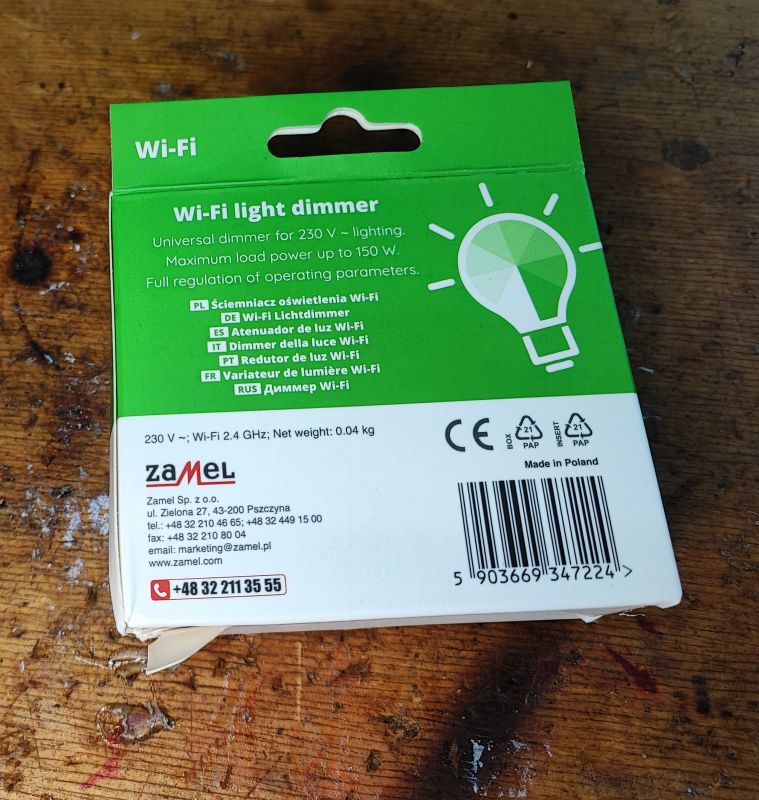 .
.
Made in Poland, not bad. We'll see the interior soon, but first the contents:
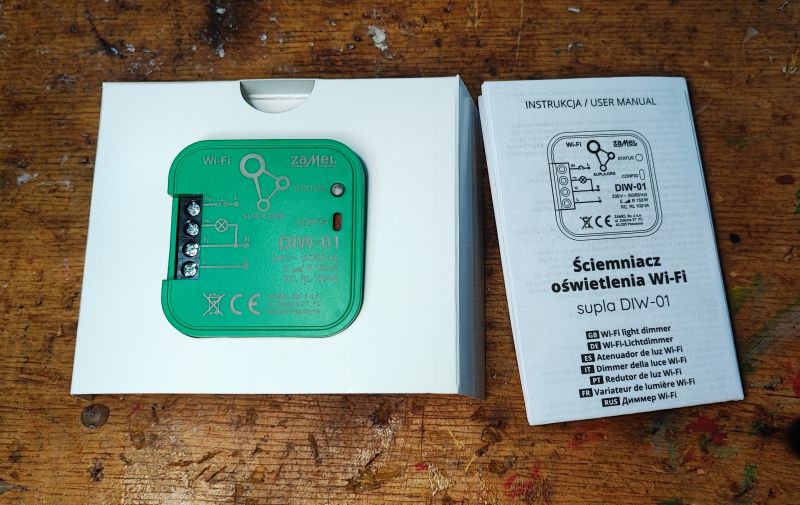 .
.
They didn't give mounting screws or even a clip like in Tuya....
Instructions:
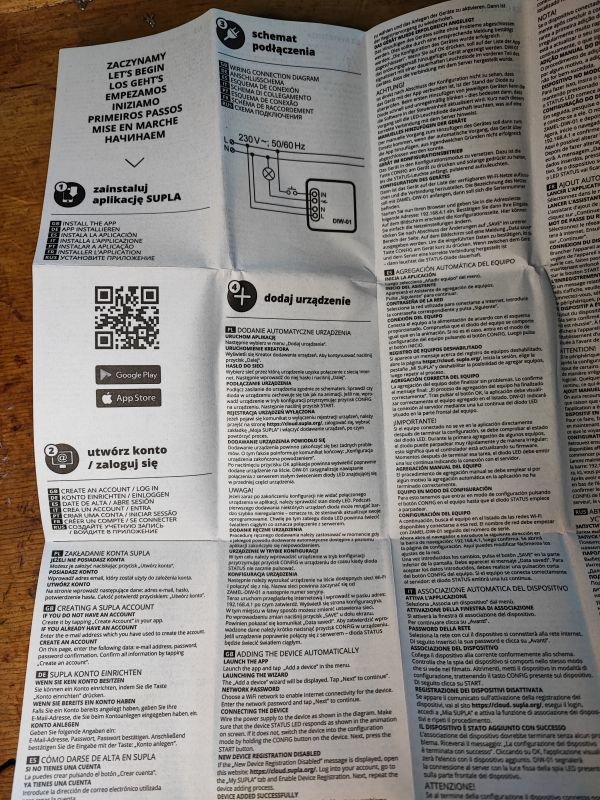
 .
.
Remove the top cover:
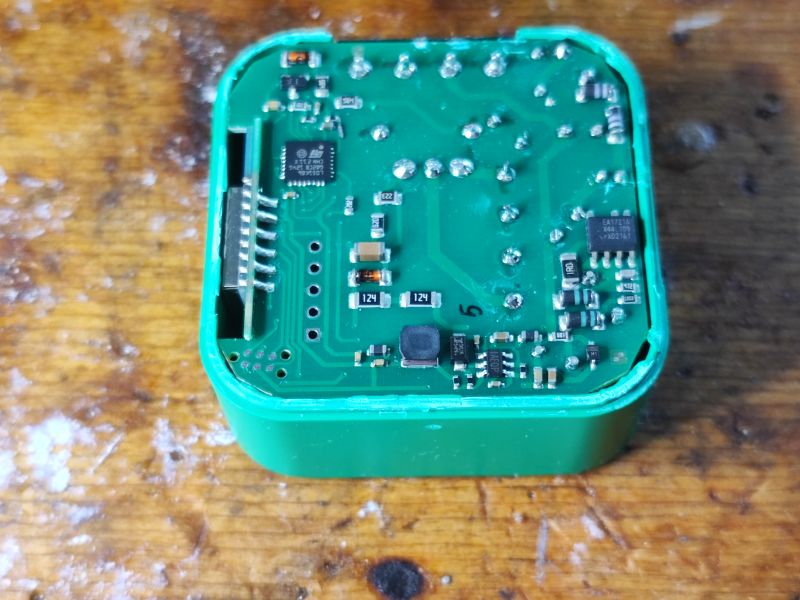 .
.
Inside you can see two circuits:
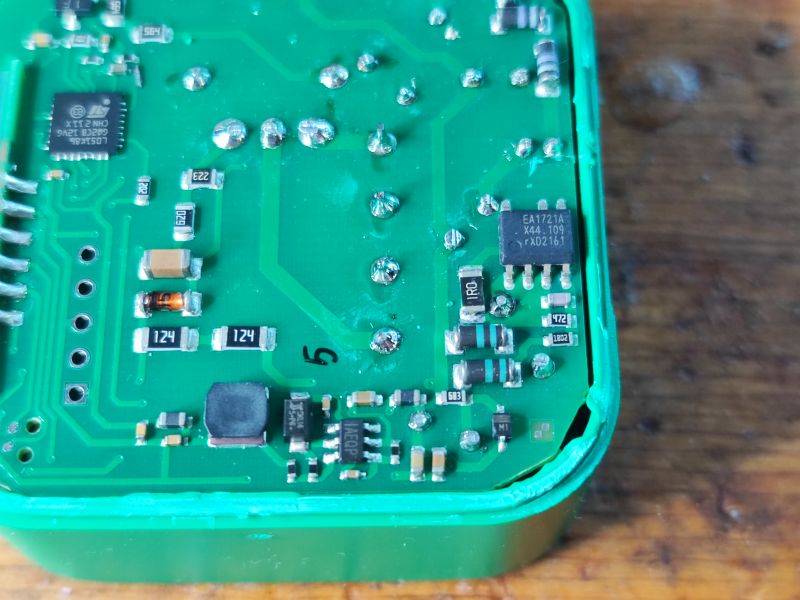 .
.
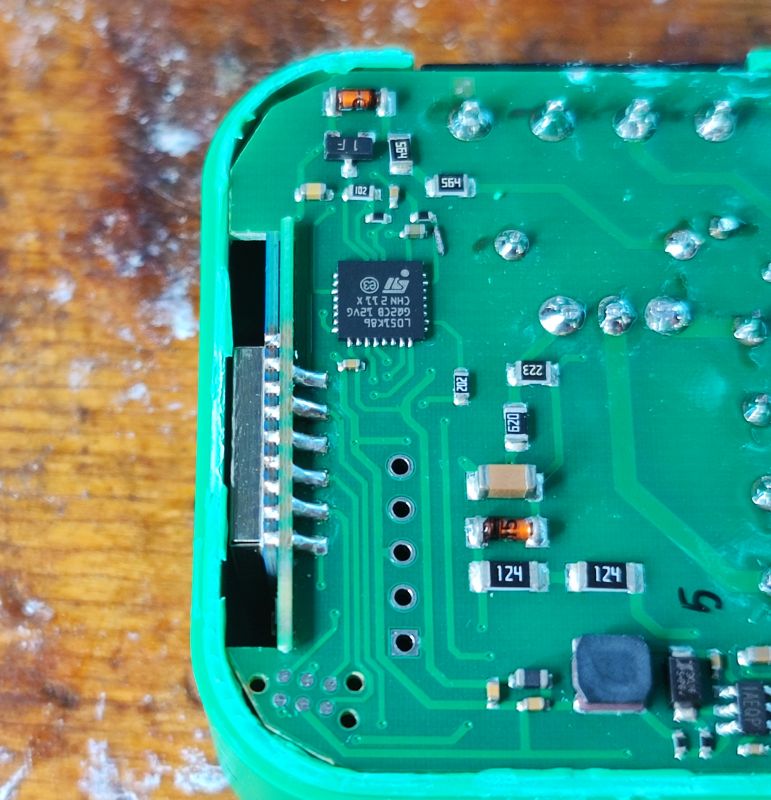 .
.
The EA1721A, or rather the TEA1721A is a power supply controller, here not a flyback but a step-down version. There is no transformer on the other side of the PCB.
 .
.
L051K86, on the other hand, is the MCU. This is not the module responsible for communication, as there is still a WiFi module inside, but this MCU I believe handles the dimmer control. Similar to the Tuya products, there is an MCU and a WiFi module separately in the dimmers. Here is an example of a Tuya product similarly working:
EU 300W EDM-01AA dimmer on BK7231 and TuyaMCU - configuration .
Since here is the MCU, where is the WiFi module?
 .
.
Let's look from the top. There's a fuse, a big rectifier bridge....

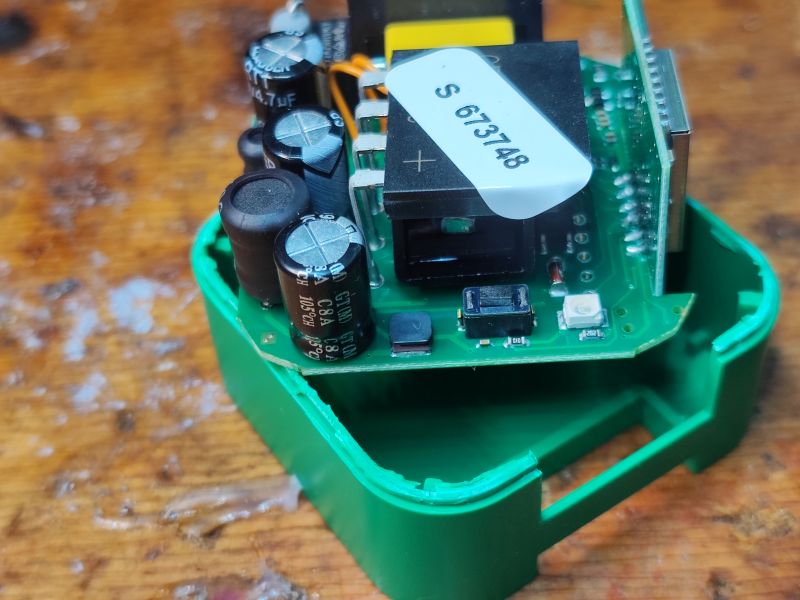 .
.
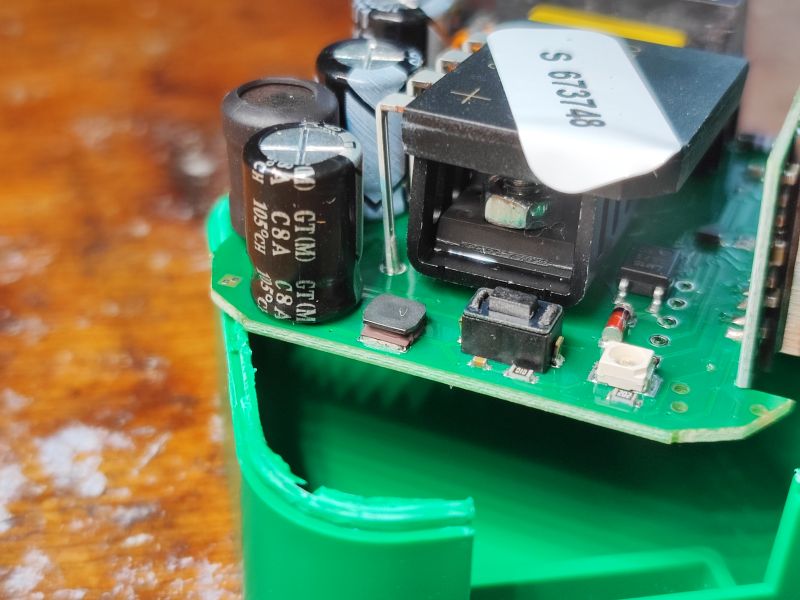 .
.
There is a transistor under the rectifier bridge, let's see which one:

 .
.
20N60C3. MOSFET, not thyristor. Small surprise. So they ... are releasing an already rectified voltage onto the bulb? Is that why this rectifier bridge is so big?
Apart from that, there is also an additional thermal fuse.
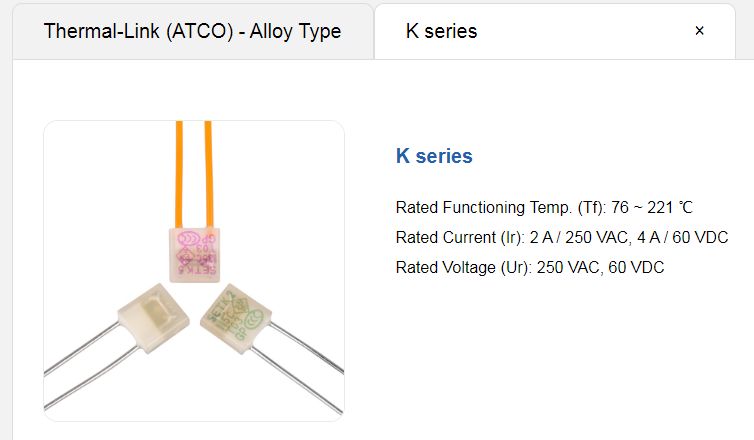 .
.
And most importantly, a WiFi module:


 .
.
ESP-WROOM-02, or ESP8266. As a rule of thumb, I made a copy of the batch via esptool.py, but you guys don't have to do that:
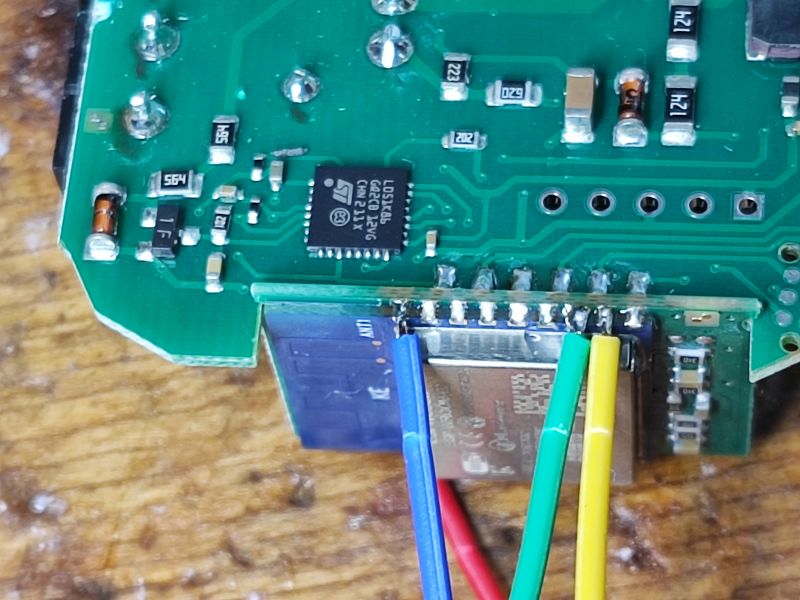
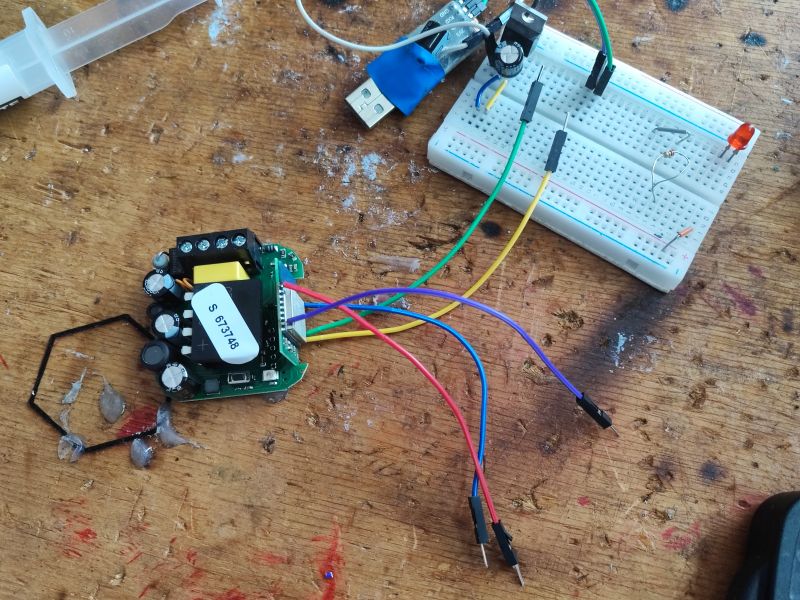 .
.
Pairing with Supli cloud (own or public) .
I have basically covered everything in a separate topic:
Pairing and configuring Supla devices without using a mobile phone .
I tested this thoroughly on the dimmer presented here, along with its operation in practice and its remote control.
Summary .
I much prefer Supel's environment to Tuya's, so buying this device relieves me of having to change the firmware, but you have to pay a bit more for that. Or at least compared to the £80-100 Tuya product:
The EDM-01AA-EU 300W dimmer on BK7231 and TuyaMCU - configuration .
All the more so as I am here comparing a doped module with a ready-made switch-dimmer module...
Theoretically it might be cheaper to buy a Tuya product and replace its WiFi module with one with ESP8266 and upload Supla on that, but then there's the problem with the TuyaMCU protocol, I can't find any information about it being supported by Supla.... looks like it isn't, perhaps I'll try to address this in the next topic.
That's it for now, and would you guys pay the £150 for the module in this topic?
Cool? Ranking DIY Helpful post? Buy me a coffee.



